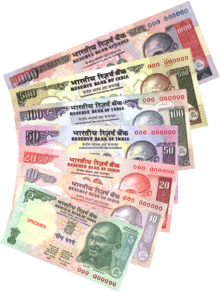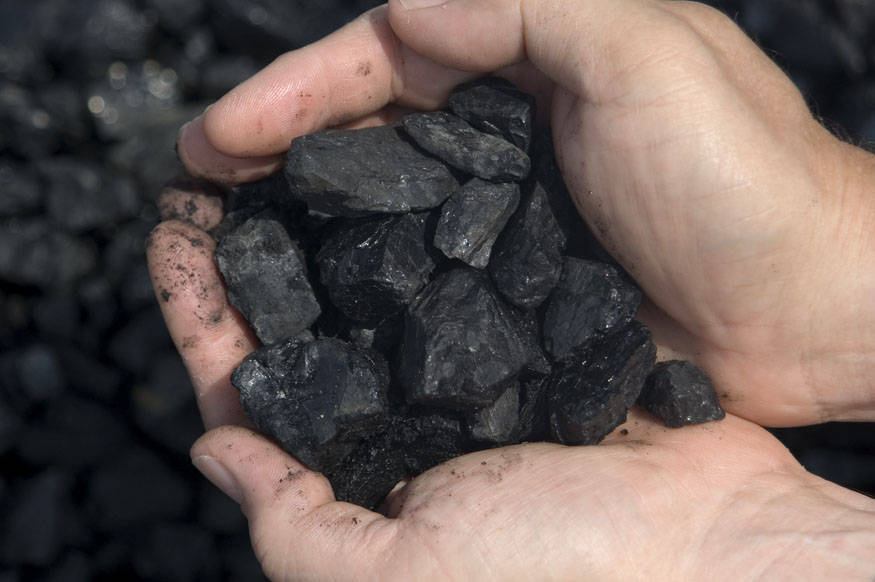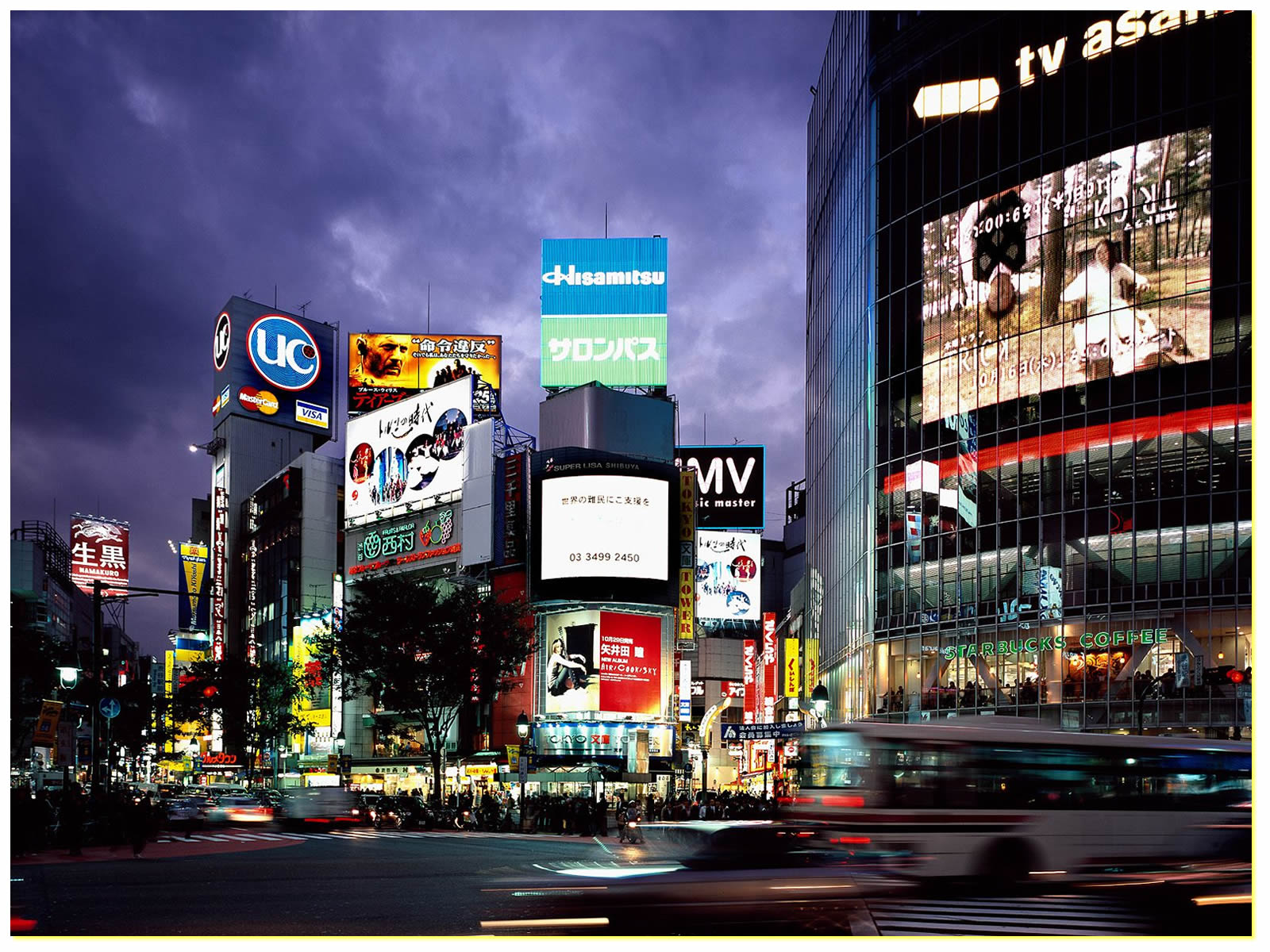Vivek Kaul
Oil prices have fallen to a four year low. As I write this the price of Brent crude oil stands at $82.82 per barrel, down 30% from June 2014.
The latest drop in price has come after Saudi Arabia, the biggest producer of oil within the Organisation of Petroleum Exporting Countries(OPEC), the global oil cartel, decided to cut the price at which it sold oil to the United States by roughly 45 cents to a barrel. At the same time it increased the price to customers in Europe and Asia, for the first time in five months.
The theory going around for sometime has been that Saudi Arabia needs the price of oil to be at least at $83-84 per barrel to balance its budget. Hence, it won’t allow the price of oil to fall below that level. But that as we have seen hasn’t turned out to be the case with the price of Brent crude now less than $83 per barrel.
So, the question is why is Saudi Arabia allowing the price of oil to fall and taking a hit on its income? On many past occasions, the country has cut production when the price of oil is falling. This has helped the country prevent a fall in the price of oil.
As analysts at Merrill Lynch write in a recent report titled Does Saudi Want $85 oil “Our analysis suggests that since 2008, on average, a 10% drop in oil prices has historically led to a 1.5% reduction in Saudi production 3 months later, rising to 2% after 6 months.” Nevertheless, it doesn’t seem to be doing that this time around.
So what has changed? In 2013, United States became the largest producer of oil in the world, displacing Saudi Arabia. The shale oil fields of the United States are producing a lot of oil, and this has helped the country to become the largest producer of oil in the world. This has led to American imports of oil from Saudi Arabia coming down. Data from the US Energy Information Administration tells us that the imports from Saudi Arabia comprised of around 4.6% of total US oil consumption in August 2014. This is down from 7% in August 2013.
In fact, over the last two months, American imports of oil from Saudi Arabia have fallen under one million barrels per day, against 1.4 million barrels earlier. If one looks at the data over a longer period the situation looks even more grim. Over a period of last six years, the production of oil in the United States has increased by 70%. This has led to the reduction of oil imports from OPEC by half. Saudi Arabia is the biggest producer of oil within OPEC.
Saudi Arabia is trying to set this situation right. Shale oil is expensive to produce. Given this, it is viable for companies to produce oil, only if the price of oil remains at a certain level. As the Merrill Lynch analysts point out “With production costs ranging from $50 to $75/bbl at the well head, a decline in Brent crude oil prices to $85 would likely be a major blow to US shale oil players and lead to a significant slowdown in investment.”
Hence, Saudi Arabia is trying to make the production of shale oil unviable for companies which produce shale oil, by driving down the price of oil. The question is how long can the Saudis keep driving the price of oil?
Loren Steffy writing for Forbes.com points out that “The Saudis appear willing to use the abundance of U.S. production to allow prices to keep sliding, enabling the kingdom, which can profit from oil at as little as $30 a barrel, to grab a larger share of the global market.”
While the cost of production of oil in Saudi Arabia maybe low, there are other costs that need to be taken into account. David Strahan in his book The Last Oil Shock explains that that over the years in Saudi Arabia is that as oil prices have gone up, the rulers have been able to run one of the most lavish welfare systems in the world. This has helped them buy political legitimacy and the support of its citizens. For a very long time, the citizens of Saudi Arabia paid no tax, yet had access to free healthcare and education. At the same time, housing, electricity, food and fuel were subsidized. All this was possible because of all the money that was being earned by selling oil. And that is why for Saudi Arabia to balance its budget (i.e. the expenditure of the government is equal to its income), it needs to sell oil at a price of $83-84 per barrel.
Given this, will the Saudis start cutting production and pushing the price of oil up? “Much has been written recently about the marginal costs of production of crude oil, and how much which nation will “hurt” if West Texas Intermediate oil prices fell below the US$ 80 mark,” says Vijay L Bhambwani, CEO of BSPLIndia.com. West Texas Intermediate is the American oil benchmark and is currently at $77.2 per barrel.
Nevertheless, as long as long as Ghawar, Safania, Shayba, Abqaiq, Berri, Manifa, Abu Safah, Faroozan oil fields are viable, Saudis can sustain even lower prices, feels Bhambwani. At the same time, the fact that Aramco (officially known as Saudi Arabian Oil Company) has deep pockets is a point worth remembering. “Saudis can produce low cost arab light sweet crude very cost efficiently and only the recent state welfare schemes implemented after the arab spring, have raised the marginal costs. Even a slight rollback / delayed released of the additional welfare payments (US $ 36 billion) can add sizeable cash flow into the Saudi national balance sheet and give it additional staying power,” adds Bhambwani.
Also, it is worth remembering that the Saudi central bank has reserves worth $734.7 billion. Further, as Edward Chow a senior fellow at the Center for Strategic & International Studies in Washington, recently told Bloomberg “The Saudis ran deficits from the mid-1980s until the late 1990s and may be prepared to do so again.”
What this tells us is that the Saudis can easily sustain low oil prices in the short-term, if they are looking to break the backs of the shale oil companies. At the same time low oil prices will hurt Iran, much to the delight of the Saudins.
To conclude, any fall in price of oil, will benefit India, and help the government further control its fiscal deficit. Fiscal deficit is the difference between what a government earns and what it spends. So, India should hope that Saudi Arabia continues with its current strategy of driving down the price of oil.
The column appeared on www.FirstBiz.com on Nov 6, 2014
(Vivek Kaul is the author of the Easy Money trilogy. He tweets @kaul_vivek)




